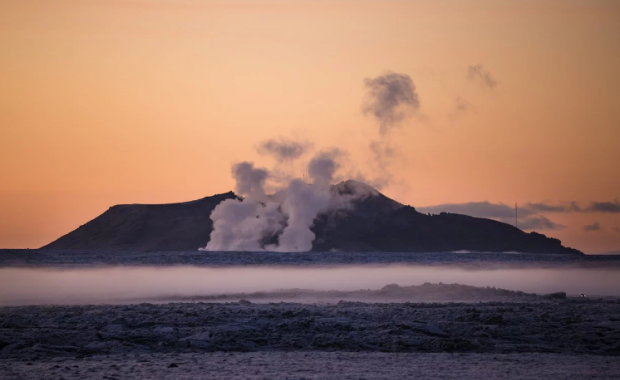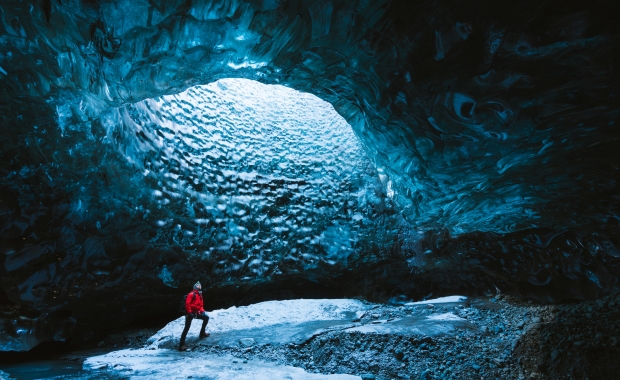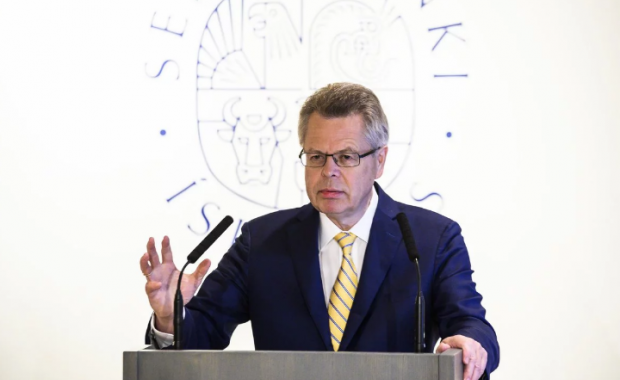The monster volcano Bárðarbunga was hit by a sharp earthquake swarm early mornig. Two powerful quakes, the first a 4.1 magnitude quake hit at quarter past two, followed by a second 4.0 magnitude quake at eight minutes past three. The two larger quakes have been followed by a swarm of more three dozen smaller quakes.
Bárðarbunga has been showing significant signs of seismic activity since the end of the 2014-15 Holuhraun eruption. The activity is believed to be caused by the magma chambers of the giant sub-glacial volcano re-filling.
Read more: Quick primer on Bárðarbunga, Iceland's most powerful volcano
According to the seismic monitoring system of the Icelandic Meteorological Office the two powerful quakes were both in the North-Eastern part of the Bárðarbunga caldera relatively near the surface, at a depth of 0.1-0.8 km. (0.06-0.5 miles).
According to a seismologist at the IMO who spoke to the Icelandic National Broadcasting Service the night's activity was in no way unusual. A number of powerful quakes have been detected in the caldera since the end of the 2014-15 Holuhraun eruption. The IMO has not detected signs of growing likelihood of volcanic activity.
Read more: Why the constant earthquakes? Iceland is slowly being torn apart
The monster volcano Bárðarbunga was hit by a sharp earthquake swarm early mornig. Two powerful quakes, the first a 4.1 magnitude quake hit at quarter past two, followed by a second 4.0 magnitude quake at eight minutes past three. The two larger quakes have been followed by a swarm of more three dozen smaller quakes.
Bárðarbunga has been showing significant signs of seismic activity since the end of the 2014-15 Holuhraun eruption. The activity is believed to be caused by the magma chambers of the giant sub-glacial volcano re-filling.
Read more: Quick primer on Bárðarbunga, Iceland's most powerful volcano
According to the seismic monitoring system of the Icelandic Meteorological Office the two powerful quakes were both in the North-Eastern part of the Bárðarbunga caldera relatively near the surface, at a depth of 0.1-0.8 km. (0.06-0.5 miles).
According to a seismologist at the IMO who spoke to the Icelandic National Broadcasting Service the night's activity was in no way unusual. A number of powerful quakes have been detected in the caldera since the end of the 2014-15 Holuhraun eruption. The IMO has not detected signs of growing likelihood of volcanic activity.
Read more: Why the constant earthquakes? Iceland is slowly being torn apart






